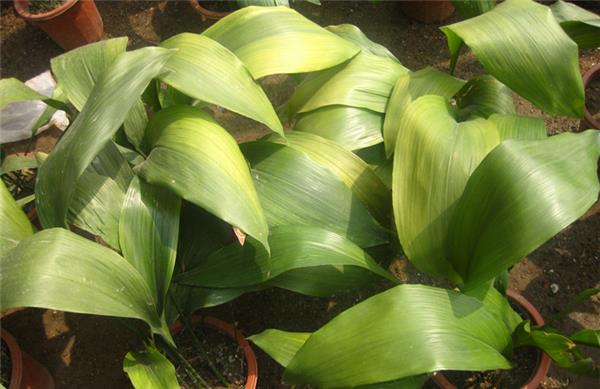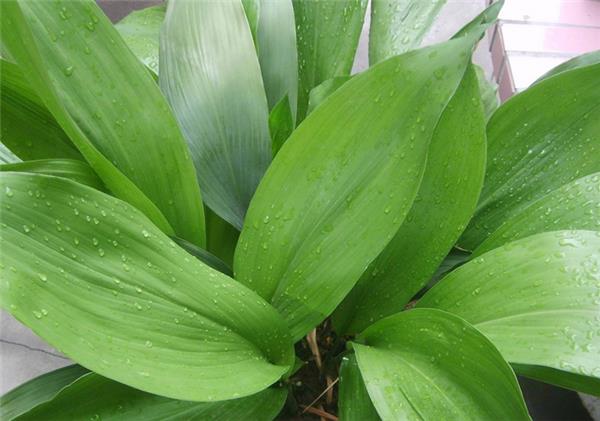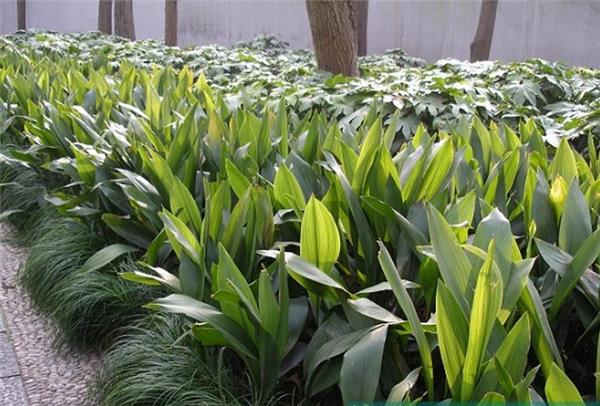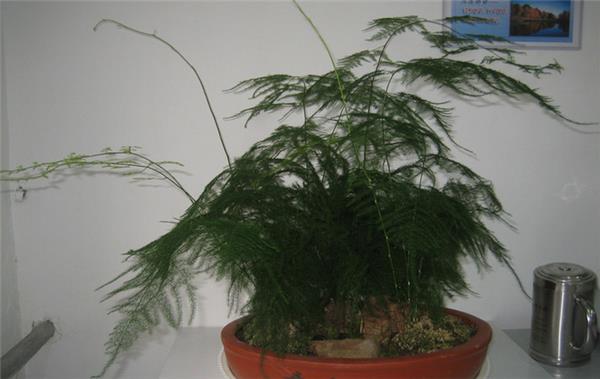[culture methods and matters needing attention of one-leaf orchid] how to raise one-leaf orchid
Green plants in our home life has a more important role, not only can play a good decorative role, but also can help us purify the air to absorb toxic gases, but we know how to raise a leaf orchid? Here for everyone to introduce the cultivation methods and precautions of one-leaf orchid and one-leaf orchid pictures, I hope to be able to help everyone understand one-leaf orchid.

1. The cultivation method of one-leaf orchid
1, ventilation: indoor closed, poor ventilation is easy to cause red spiders, scale insects, aphids, whiteflies and other pests harm. Especially in summer, high temperature and humidity, ventilation is not good, but also cause powdery mildew, brown spot disease, rot disease. Therefore, in summer, plants should be maintained under a well-ventilated shade. In winter, when they are maintained indoors, they should open windows for ventilation at noon in sunny weather.
2, fertilization: green leaves of plants, mainly nitrogen, nitrogen, phosphorus, potassium ratio of 3:1:1; leaves with striped flowers on the foliage of plants, nitrogen can not be too much, otherwise the color of the leaves will be reduced, nitrogen, phosphorus, potassium fertilization ratio of 1: 1.5: 1.5 is appropriate. In terms of application rate,"less rather than more", excessive fertilization is easy to "burn roots", resulting in yellowing or wilting of plant leaves. Generally, 1-2 times of thin fertilizer can be applied during the growth period. Stop fertilizing during dormancy and only irrigate with clean water. Fertilization should be carried out in the evening of a sunny day. Before fertilization, the pot soil should be properly dry. It is best to loosen the soil once and irrigate clean water the next morning after fertilization to prevent the effective components in the fertilizer solution from accumulating on the surface of the pot soil and not seeping with water. When irrigating liquid fertilizer, attention should also be paid not to splash fertilizer drops on the leaves, so as not to pollute the leaves.

Second, the cultivation of one-leaf orchid precautions
1, a leaf orchid growth season to fully water, keep the pot soil often keep wet, and often spray water to the leaves to humidify, in order to sprout long new leaves; after the end of autumn can appropriately reduce the amount of watering.
2. Apply liquid fertilizer 1~2 times a month during the vigorous growth period in spring and summer to ensure that the leaves are clean and bright. It can be cultivated indoors all year round, but whether indoors or outdoors, it cannot be placed in direct sunlight; short-term sunlight exposure may also cause burns to the leaves and reduce the ornamental value.
One-leaf orchid leaves straight neat, bright green leaves, elegant posture and grace; at the same time, it grows strong, adaptable, extremely shade-resistant, indoor greening decoration is an excellent shade-loving foliage plants. It is suitable for home and office layout. Can be viewed alone; can also be arranged with other flowering plants to set off the bright and beautiful of other flowers. In addition, One-leaf orchid is also an excellent leaf-matching material for modern flower arrangement.

3. What should I do with yellow leaves of One-leaf Orchid?
1) Too much water.
Excessive watering is one of the important reasons for yellowing of leaves. One-leaf orchid likes warm and humid semi-shady environment, so it needs sufficient watering in growing season, keep the pot soil moist frequently, and spray water on the leaf surface frequently to humidify, so as to facilitate germination and new leaves. But too much watering can affect root respiration and cause yellowing of leaves.
Solution: One-leaf orchid watering should be dry and wet, not too much watering, but not too little, during the growth period, sufficient water is needed to keep the pot soil moist, and after autumn, the amount of watering can be appropriately reduced.
2. Not enough light
One-leaf orchid is extremely shade-tolerant, even in the dark room can also be viewed for several months, but long-term too dark is not conducive to the germination and growth of new leaves of One-leaf orchid, long-term in the dark place too little light, One-leaf orchid leaves will turn yellow.

Solution: If the one-leaf orchid is placed in a dark room, it is best to move it to a place with bright light for a period of time at regular intervals to facilitate growth and viewing, especially during the period from the germination of new leaves to the maturity of new leaves.
Related
- Wuhan Hospital Iron Tree Blooming Result Was Instantly Frightened by the Gardener Master
- Which variety of camellia is the most fragrant and best? Which one do you like best?
- What is the small blue coat, the breeding methods and matters needing attention of the succulent plant
- Dormancy time and maintenance management of succulent plants during dormancy
- Minas succulent how to raise, Minas succulent plant pictures
- What are the varieties of winter succulent plants
- How to raise succulent plants in twelve rolls? let's take a look at some experience of breeding twelve rolls.
- Attention should be paid to water control for succulent plants during dormant period (winter and summer)
- Watering experience of twelve rolls of succulent plants
- Techniques for fertilizing succulent plants. An article will let you know how to fertilize succulent plants.



